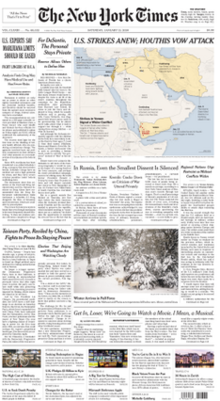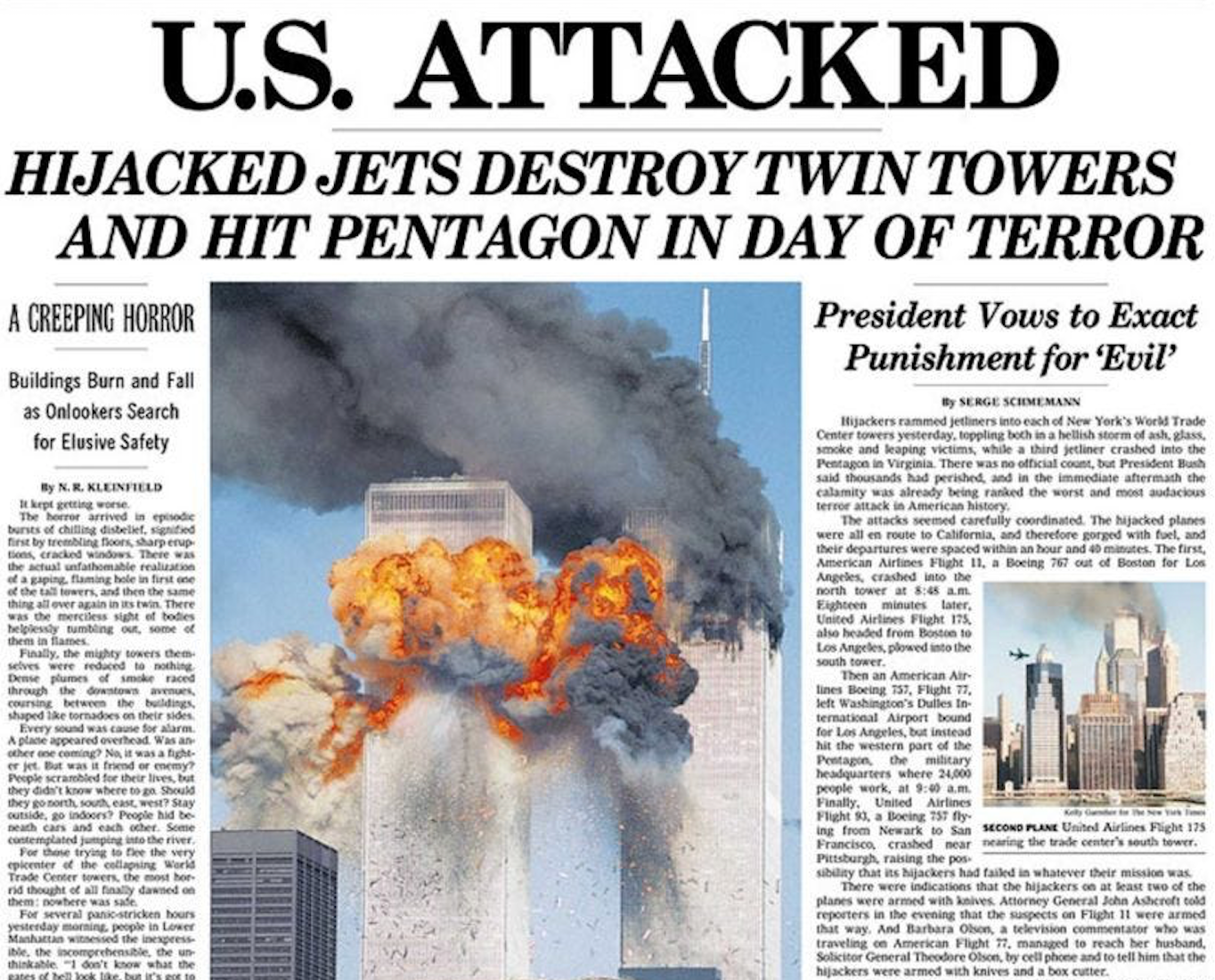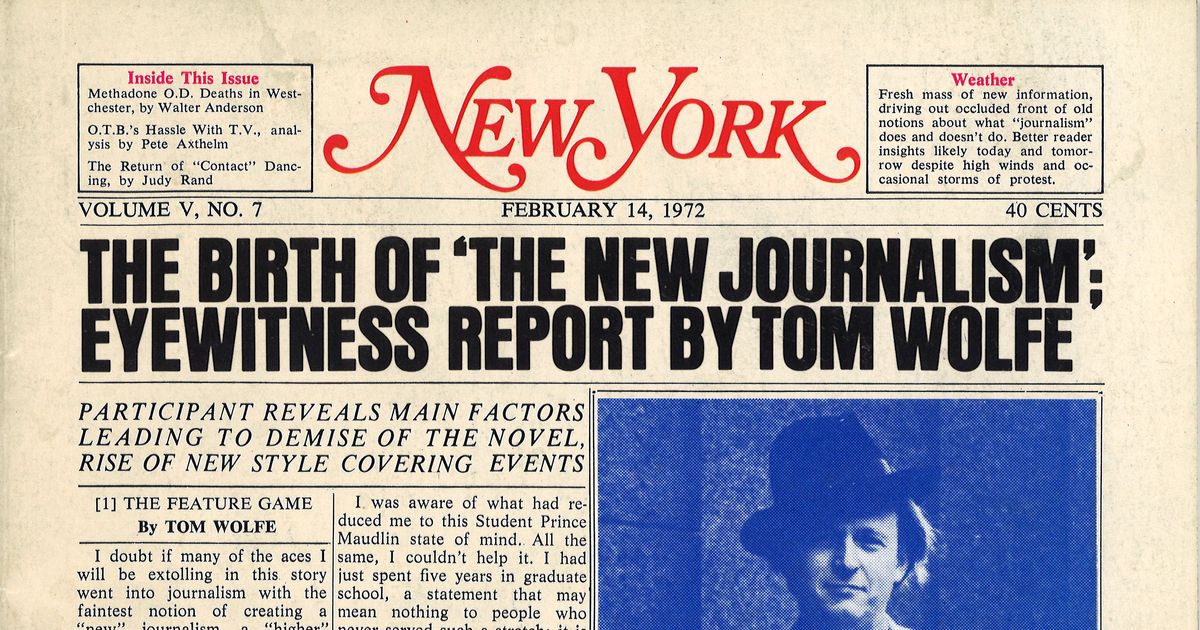How News Articles can Save You Time, Stress, and Money.
How News Articles can Save You Time, Stress, and Money.
Blog Article
News Articles Can Be Fun For Anyone
Table of ContentsNews Articles Can Be Fun For Anyone10 Easy Facts About News Articles ShownFacts About News Articles UncoveredAn Unbiased View of News ArticlesHow News Articles can Save You Time, Stress, and Money.
Excellent understanding of different subjects provides students a competitive edge over their peers. Despite the fact that digital and social media are conveniently easily accessible, we ought to not forget exactly how crucial it is to check out the newspapers. Parents should attempt and instill the behavior of checking out a paper as a day-to-day routine to continue the legacy of the revered print medium.Newspaper article additionally include a minimum of one of the complying with crucial characteristics loved one to the intended audience: closeness, prestige, timeliness, human passion, anomaly, or consequence. The associated term journalese is often made use of, normally pejoratively, to describe news-style writing. One more is headlinese. Newspapers generally follow an expository writing style.
Within these limitations, newspaper article additionally intend to be extensive. However, other variables are included, some stylistic and some originated from the media kind. Amongst the bigger and extra highly regarded newspapers, justness and balance is a significant variable in providing information. Commentary is typically restricted to a separate section, though each paper might have a different total slant.
Newspapers with a global target market, for instance, often tend to make use of a much more official style of composing. News Articles.; common design overviews include the and the United States Information Design Publication.
Little Known Facts About News Articles.
As a rule, journalists will not make use of a lengthy word when a brief one will do. News authors try to avoid making use of the exact same word more than once in a paragraph (in some cases called an "resemble" or "word mirror").
Headings in some cases omit the subject (e.g., "Jumps From Boat, Catches in Wheel") or verb (e.g., "Pet cat woman fortunate"). A subhead (also subhed, sub-headline, subheading, subtitle, deck or dek) can be either a secondary title under the primary heading, or the heading of a subsection of the short article. It is a heading that precedes the main message, or a group of paragraphs of the primary text.

Added signboards of any of these types may show up later on in the article (particularly on succeeding pages) to lure further analysis. Such signboards are also used as guidelines to the write-up in various other areas of the magazine or site, or as ads for the item in other publication or sites. Typical framework with title, lead paragraph (summary in bold), various other paragraphs (information) and call details.

Example of a hard-lead paragraph NASA is suggesting an additional room project. The firm's spending plan request, announced today, included a plan to send out another mission to the Moon. This moment the company intends to develop a lasting facility check these guys out as a jumping-off factor for various other room experiences. The budget demands roughly $10 billion for the job.
The NASA statement came as the company asked for $10 billion of appropriations for the task. An "off-lead" is the second essential front page information of the day. The off-lead shows up either in the leading left edge, or directly listed below the lead on the right. To "hide the lead" is to begin the write-up with history details or details of secondary relevance to the visitors, compeling them to find out more deeply right into a post than they ought to need to in order to discover the essential points.
News Articles Can Be Fun For Anyone
Usual usage is that or 2 sentences each develop their very own paragraph. Reporters typically define the organization or structure of a newspaper article as an inverted pyramid. The vital and most interesting elements of a tale are placed at the start, with supporting info following in order of decreasing relevance.
It permits individuals to check out a subject to just the deepness that their curiosity takes them, and without the imposition of details or subtleties that they could consider pointless, yet still making that info offered to a lot more interested visitors. The inverted pyramid framework also allows short articles to be trimmed to any approximate size during layout, to fit in the room offered.
Some authors begin their stories with the "1-2-3 lead", yet there are several kinds of lead offered. A kicker can refer to numerous points: The last tale in the news program; a "delighted" story to finish the show.
Longer posts, such as publication cover articles and the pieces that lead the inside sections of a newspaper, are called. Function stories vary from straight news in a number of means. Foremost is the absence of a straight-news lead, a lot of the moment. Rather than supplying the significance of a tale in advance, feature writers might attempt to draw readers in.
News Articles Can Be Fun For Everyone
The reporter often information interactions with interview subjects, making the piece a lot more personal. An attribute's very first paragraphs often relate an interesting moment or event, as in an "unscientific lead". From the particulars of an individual or episode, its sight promptly broadens to generalizations about the tale's topic. The section that signals what an attribute has to do with is called the or billboard.

The Editor's Toolbox: A Referral Guide for Beginners and Professionals (2001) Allan M. Siegal and William G. Connolly. The New York Times Handbook of Style and Use: The Official Style Overview Made Use you can try here Of by the Writers and Editors of the World's Most Authoritative Newspaper (2002) M. L. Stein, Susan Paterno, and R.
Report this page